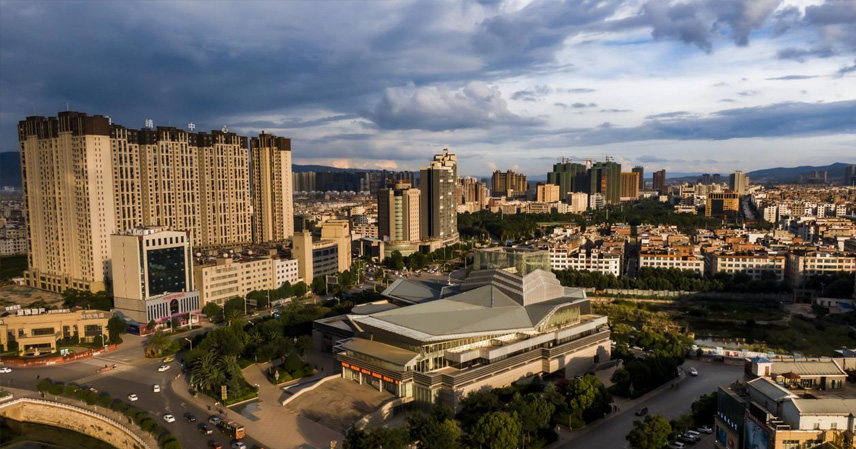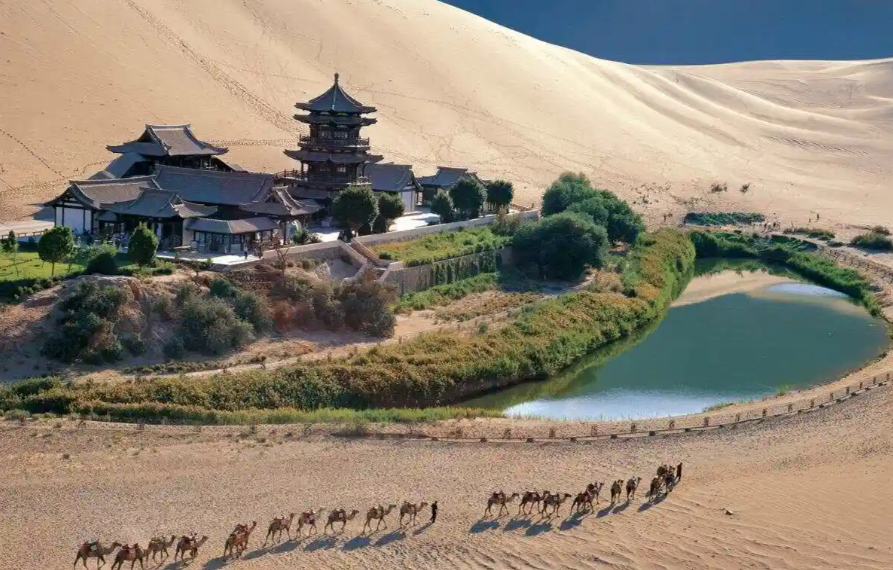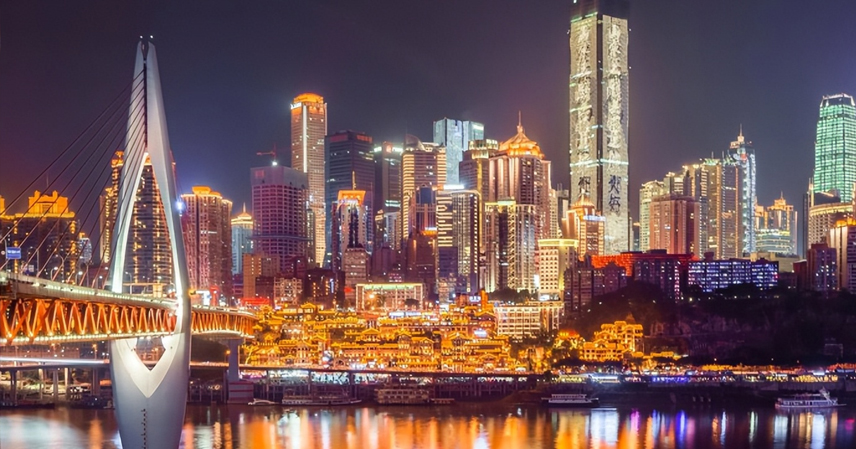Summer’s over, but if we’re ranking China’s best summer retreats for 2025, Qujing would easily snag a top-three spot. Calling it a “summer haven” isn’t hype—after spending a full season there, its advantages for beating the heat stand out as comprehensive and standout, shining in three key ways.
First, the climate is spot-on, with ideal humidity. Qujing’s summers average 17°C to 24°C (63°F to 75°F), with daytime highs rarely topping 30°C (86°F) and nights dipping to around 18°C (64°F)—refreshingly mild, almost eliminating the need for AC. Just crack a window for natural breezes. Humidity hovers in a sweet spot: dry and crisp, delivering that comfortable, non-sticky feel reminiscent of a Northeastern autumn.
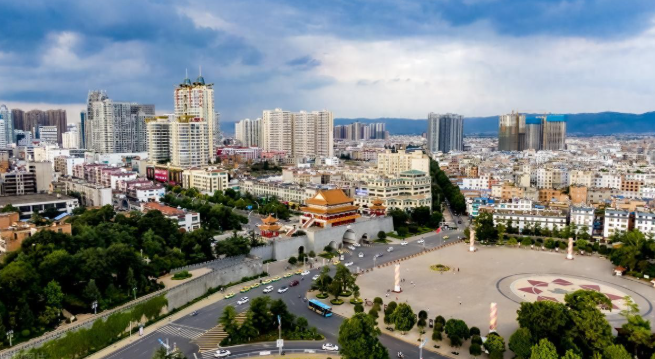
Second, the city’s green spaces abound, and nearby attractions keep things lively. As a national garden city, Qujing brims with parks and greens like Qilin Park and Riverside Park, offering ample spots for residents to unwind and chill. Boredom? Not here—summers buzz with options. Close by: Lijia Mountain Park, Qilin Waterside, Qujing Bund, Haifeng Wetland, and Zhujiang River Source Scenic Area. Venture farther for Huize Ancient Town, Colorful Sand Forest, Jiulong Waterfalls, and Huize’s vast sea of grass—prime picks for vacation vibes.
Third, prices are wallet-friendly, keeping living costs low. Whether new or resale, Qujing’s housing is far cheaper than Kunming or hotspots like Dali and Lijiang. Rentals are a steal—a one-bedroom in an older Qilin District complex runs under 1,000 RMB monthly. As Yunnan’s ag hub, it overflows with fresh, affordable veggies, grains, oils, eggs, pork, and more—plentiful and budget-smart, making it a high-value haven for working folks and retirees alike.
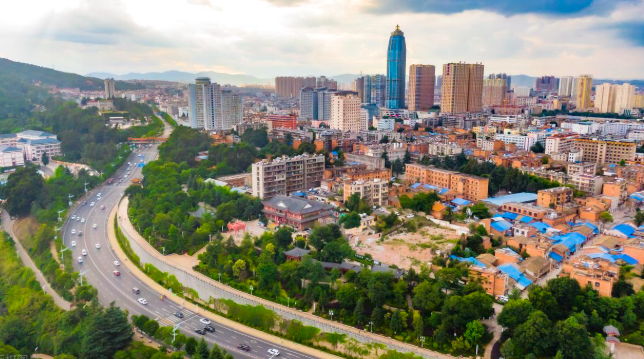
From a four-season travel-and-retire perspective, though, Qujing has some clear drawbacks:
First, the elevation impacts seniors. Perched on the plateau’s edge at 1,800–2,000 meters (5,900–6,600 feet), with the city center at about 1,880 meters (6,170 feet), it’s a mid-to-high altitude zone. Oxygen levels drop 18–20% compared to lowlands, which can affect retirees—folks from sea level with hypertension might face spikes in blood pressure, dizziness, rapid heartbeats, or even altitude sickness.
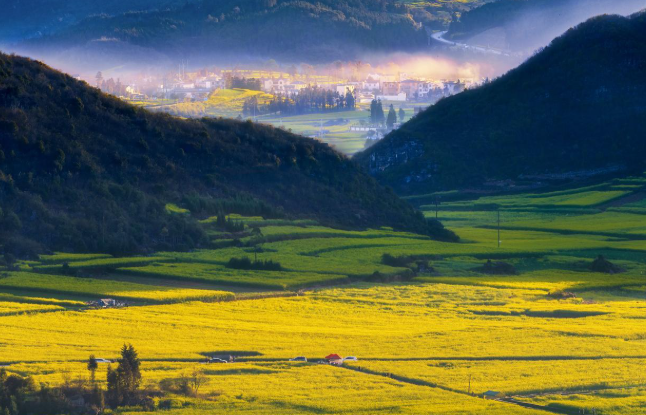
Second, winters are damp and piercingly cold. Under a subtropical highland monsoon climate, December through February averages 5–15°C (41–59°F)—chilly enough, but the high humidity turns it into a bone-chilling “wet cold.” Sunny days feel pleasant outdoors, but indoors, mornings, evenings, or rainy spells hit harder than Northern dry cold. For those with arthritis, chronic respiratory issues, or cold sensitivity, winter comfort takes a nosedive.
Third, the water is on the hard side. Qujing—and much of Yunnan—sits atop calcium carbonate-rich geology, so water picks up hefty calcium and magnesium ions, making it “hard water.” Kettles and thermoses scale up fast with white buildup, demanding constant cleaning. It tastes tough and astringent, lacking the soft sweetness of softer sources. Soaps, detergents, and laundry powders foam poorly, leaving clothes stiff post-wash.
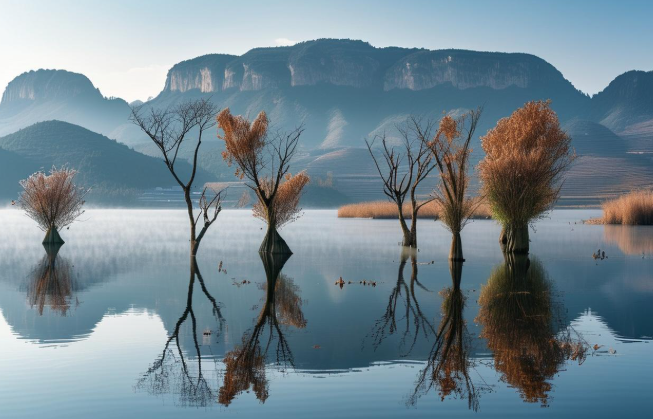
Fourth, medical resources aren’t as robust as you’d hope. As Yunnan’s second-largest city, Qujing trails only Kunming in healthcare, boasting six or seven top-tier (Grade III-A) hospitals—the best being Qujing First People’s Hospital. Still, its expertise, specialists, and cutting-edge gear lag behind Kunming’s giants, especially in oncology, cardiology, and neurosurgery. Complex cases often require a 1.5-hour drive to Kunming, adding hassle and risk.
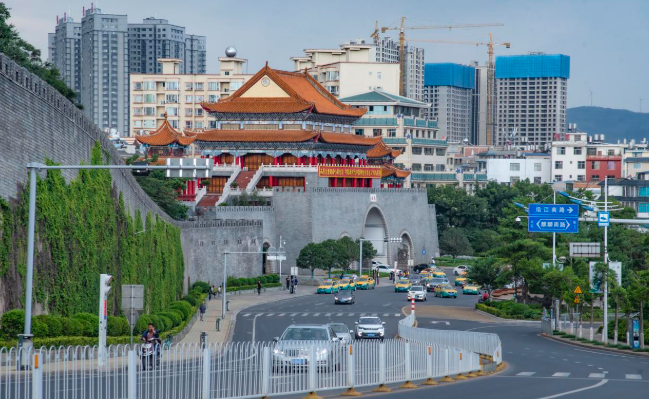
Qujing’s a city of stark pros and cons: a summer oasis, but with evident gaps for year-round retirement or settling down. What’s your take? Hit the comments to share.
References
- Yunnan Provincial Tourism Bureau reports on Qujing climate and attractions
- China Meteorological Administration data on highland climates
- Local real estate analyses from platforms like Anjuke and Lianjia

